The Burmese cat is a breed renowned for its affectionate nature, striking appearance, and energetic personality. Known for being a near-perfect companion, Burmese cats form strong bonds with their owners and thrive in loving households. With their playful disposition and attention-seeking behavior, they are a popular choice for families, singles, and those just looking for a cat that can provide affection and entertainment. Keep reading to learn about the history, temperament, appearance, coat care, health concerns, dietary requirements, and many other interesting facts of the beautiful Burmese.
Burmese History
The origins of the Burmese cat trace back to Southeast Asia, specifically Burma (modern-day Myanmar), where the breed was believed to have been revered by royalty. The first Burmese cat to be introduced to the United States was a female named ” Wong Mau,” brought over in the 1930s by a veterinarian named Joseph Thompson. Wong Mau was a cross between a Siamese and a local Burmese cat, a combination that helped to establish the breed. Initially, Burmese cats were considered a type of Siamese, but they were eventually recognized as a distinct breed due to their unique traits, such as their rounder face and solid coat. Over time, breeding programs in the U.S. and abroad further refined the breed, and the Burmese became a beloved companion in households worldwide.
Temperament
Burmese cats are known for their charming and affectionate personalities. Unlike some more aloof cat breeds, Burmese cats are highly social and crave human interaction. They often follow their owners from room to room and are known for their vocalizations, which range from soft trills to gentle meows. These cats tend to be incredibly playful, remaining active and curious well into adulthood. They love interactive play, and their intelligence means they are often quick learners. Burmese also thrive in environments where they receive plenty of attention and enjoy being the center of family activities. Burmese cats also get along well with children and other pets, making them an excellent choice for multi-pet households.
Appearance & Coat Care
Burmese cats are instantly recognizable for their sleek, compact bodies and glossy, short coats. Their coat color ranges from sable to champagne, with the sable being the most common and a deep, rich brown. The coat is soft to the touch, and the dense fur gives the cat a luxurious feel. While their fur may appear solid, the cats often have subtle shading that gives them depth. Grooming a Burmese is relatively easy due to their short hair, which requires minimal brushing. However, regular care is important to keep their coats looking sleek and healthy. Occasional baths and wiping down their coats can help to remove excess oils and keep their fur glossy. The breed’s large round eyes (typically golden or yellow in color) add to their striking and sweet expression.
Health Concerns
While Burmese cats are generally healthy, there are a few specific health concerns that potential owners should be aware of. One of the most notable is brachycephalic syndrome, which is a condition related to the breed’s flat face and short nose. This can sometimes cause breathing difficulties, particularly during intense physical activity or in hot weather. Additionally, Burmese cats may be prone to heart issues, such as hypertrophic cardiomyopathy (HCM), which affects the heart muscles. Regular veterinary check-ups, a balanced diet, and maintaining an active lifestyle can help mitigate these risks. Genetic testing is also available for some hereditary conditions in the breed, making it easier for breeders to manage and reduce the incidence of genetic disorders.
Interesting Burmese Facts
- Burmese cats are often described as “dog-like” because they follow their owners around, greet them at the door, and can even be trained to fetch.
- They are incredibly vocal and will communicate with you through soft, sweet meows or trills.
- Burmese cats are known for being somewhat of “clingy” companions, seeking out affection and cuddles whenever possible.
- Despite their small size, Burmese cats are energetic and lively, often remaining playful and inquisitive well into their senior years.
Dietary Requirements of Burmese Cats
The Burmese breed loves to eat and, if left to their own devices, may consume to the point of obesity. To manage your furry friend’s food intake, measure their food and feed your cat twice a day. For an optimum diet, be sure to sprinkle a scoop of Dr. Bill’s Feline Ultimate Fitness & Health on their food every day. Feline Fitness & Health is a delicious, concentrated nutritional powder, scientifically formulated to provide a balanced blend of 50-nutrients that support optimum fitness and health in growing, physically mature, and senior cats. Designed to promote a strong, lean body, a healthy immune system, a balanced digestive tract, flexible joints, plus healthy eye, heart and brain function. Feline Fitness & Health is safe for growing and adult Burmese cats of all ages.
-
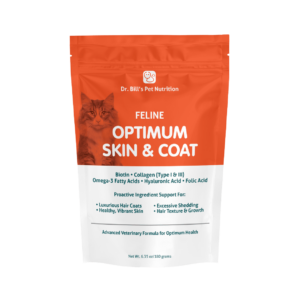 Feline Optimum Skin & Coat$30.95
Feline Optimum Skin & Coat$30.95 -
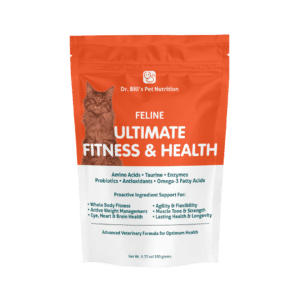 Feline Ultimate Fitness & Health$45.95
Feline Ultimate Fitness & Health$45.95 -
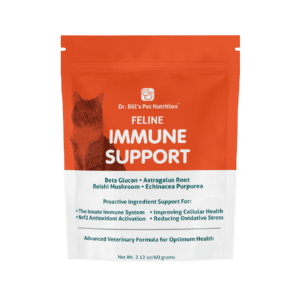 Feline Immune Support$29.50
Feline Immune Support$29.50


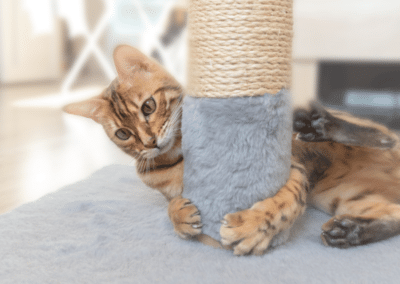
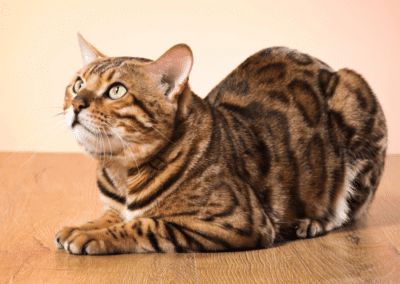
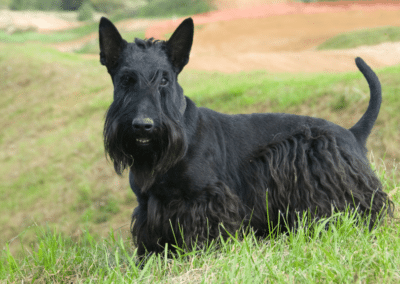
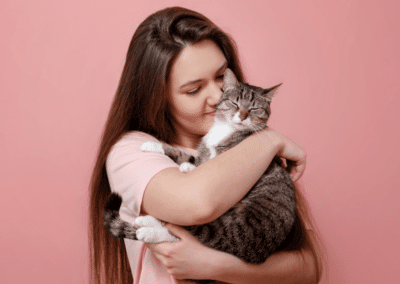


0 Comments